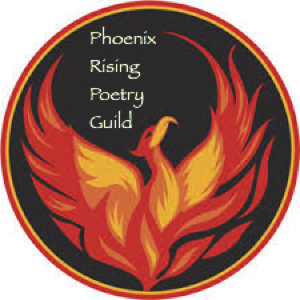Cacophony/Euphony
POETRY RAINS SUPREME
It’s been quite the summer, as we finally get released from its steamy grip up in Western New York for cooler temperatures and quantities of rain. Believe me, we could use it!
quantities of rain. Believe me, we could use it!
There is a beauty in a rainstorm, the sounds are near symphonic, a euphonic tintinnabulation for the ears. The sights are picturesque as it appears that everything looks better when wet. The air seems fresher as everything is awash with rain. So this week we are “write as rain”. From a soft spring shower to a torrential downpour, write a rain poem. I’m not so naive to not recall the power and devastation of too much of a good rain. Whatever your opinion of rain, good or bad, lay down your deluge of words in honor of one of nature’s necessities! And as the title says, let poetry rain (er, reign) supreme!
THE SOUND OF LOVE: DEVICES – CACOPHONY AND EUPHONY
Love continues to sound wonderful! And we will continue our study. What else is there to say about the sound of love? We’ll deploy two more “devices” to move this forward.
It is obvious that love becomes almost secondary to our exercise with poetic devices. The “bookends” of ONOMATOPEIA and ALLITERATION worked well in tandem. The next pair to accomplish this feat are CACOPHONY and EUPHONY.
Again with the definitions:
CACOPHONY is the purposeful use of harsh sounds for effect. Could CACOPHONY tie in to ONOMATOPOEIA or ALLITERATION? It certainly could. But, we will attempt to separate the melodious from the CRASS!
EUPHONY contrasts CACOPHONY in that it uses flowing, smooth, harmonious sounds.It utilizes repeated vowel sounds and what are referred to as “liquid consonants” l (as in leopard) and r (as in radio).
In our discovery, we see that the “sound” aspects we use are more specific than just repeated letters or “noisy” words.
For this week’s entries, take one of your poems from the first two weeks and rework it using a more purposeful sound device in CACOPHONY or EUPHONY. Of course, you may write a totally new poem using these as well!
The purpose for these “variations on a theme” is to give us a more detailed array of devices to use in our poems. As drafts of more polished pieces, they should come in handy when the PAD challenges come along specifically to write “love” poems.
Good luck with this week’s poems!

